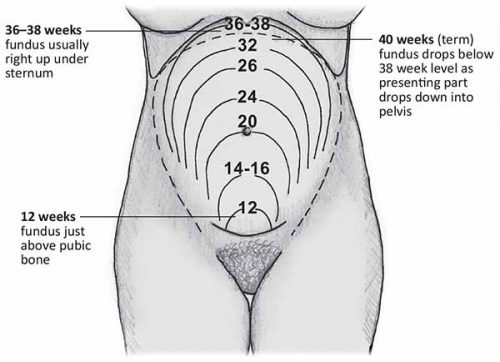How do you get patients out of their clothes during a trauma resuscitation? Most of the time, I bet your answer is “with a pair of scissors.” And once they are off, what do you do with them? Admit it. You just throw them on the floor. And sometime later, someone’s job is to find it all, put it in a bag, and store it or hand it over to the police.
There are more problems than you might think with this approach. First, and most importantly to the patient, their stuff can get lost. Swept up with all the other detritus from a trauma activation. And second, their belongings may become evidence and it’s just been contaminated.
So here’s an easy solution. Create a specific place to put the clothes. Make it small, with a tiny footprint in your trauma room. Make it movable so it can be kept out of the way. And make sure it is shaped so it can contain a large paper bag to preserve evidence without contamination.
And here’s the answer:
Yes, it’s a plain old laundry basket. The perfect solution. And best of all, these are dirt cheap when you are used to seeing what hospitals charge for stuff. So your ED can buy several ($14.29 ea on Amazon.com) in case they can’t be cleaned anymore or just disappear.




